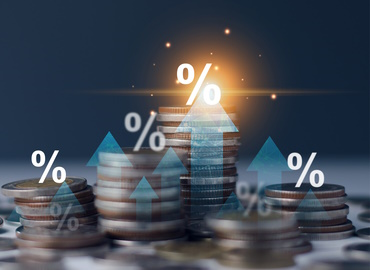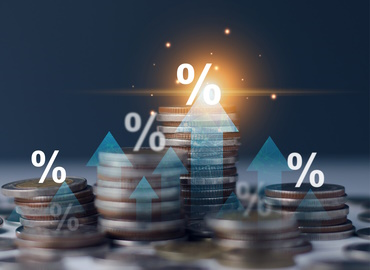Executive Summary
Pakistan’s is one of the most indebted countries in South Asia and South East Asia with the second highest debt-to-GDP ratio of 64 percent in the region. Despite much effort of the economic managers of the country, achieving debt sustainability still appears a distant dream. The paper conducts a debt sustainability analysis of Pakistan.
The debt ratio analysis indicates that there has been some improvement from 2013 to 2015 while other analysis contradicts this observation. On top of that, the paper also highlights that Pakistan’s loan structure is inefficient which may have implication on Pakistan’s debt sustainability. However, the paper predicts that external debt may be sustainable in the future given that external debt as a percent of exports stays within limits.
The paper recommends that non-conventional indicators of debt sustainability such as comparison of interest rate with GDP growth should be incorporated in national debt reduction strategy. It also suggests that the future debt sustainability should be a part of the general debate on public debt. Finally, the Fiscal Responsibility and Debt Limitation Act should also install a cap on external debt-to-exports ratio.





